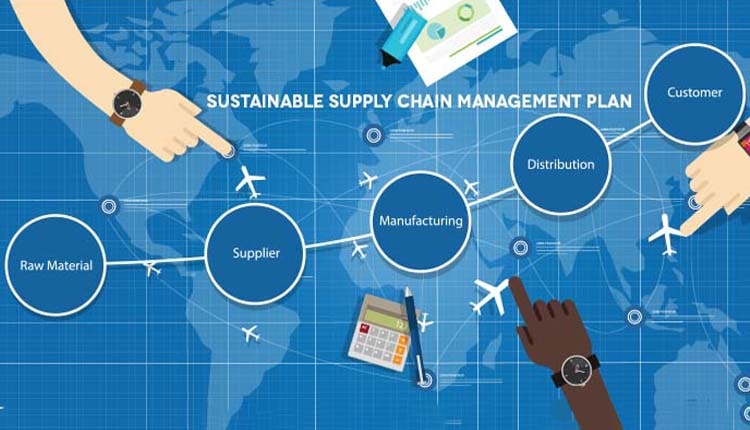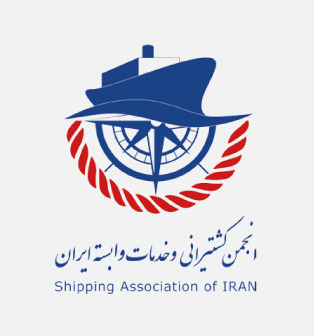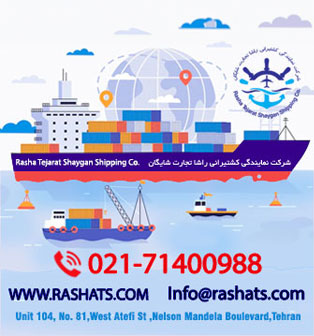The next 10 to 15 years will present major opportunities for consumer companies. Some 1.8 billion people are expected to join the global consuming class by 2025, a 75 percent increase over 2010.1 Consumer spending should rise even more than the number of consumers as household incomes swell and people use bigger shares of their budgets to buy consumer goods. China, for example, is on track to gain 100 million working-age consumers by 2030, and it is expected that their spending on personal products will be double the current rate.
In recent years a rising number of multinational corporations have pledged to work only with suppliers that adhere to social and environmental standards. Typically, these MNCs expect their first-tier suppliers to comply with those standards, and they ask that those suppliers in turn ask for compliance from their suppliers—who ideally ask the same from their suppliers. And so on. The aim is to create a cascade of sustainable practices that flows smoothly throughout the supply chain.

Sustainable supply chain
Supply chain sustainability is about making sure your business and suppliers operate responsibly, ethically, and legally. A sustainable supply chain is one no matter where you or your suppliers operate, employees are treated and compensated fairly, local laws are followed, and the surrounding environment is protected.
Importance of a sustainable supply chain
Today’s consumers want more from a company than just their products. They want the peace of mind knowing that what they are buying hasn’t harmed the environment, the people who’ve made it, or the communities they were made in. Your clients, customers, and even your staff members, want to actually know how you are sustainable. A company that can’t give its customers that confidence could be putting its brand and reputation at serious risk.
Elements of a sustainable supply chain;
- Financial Responsibility – This is an element of sustainability that addresses the financial needs of the shareholders, employees, customers, business partners, financial institutions, and other entities that supplies the capital for the production of products or relies on the firm for wages or reimbursements.
- Environmental Responsibility – This is an element of sustainability that addresses the ecological needs of the planet and the firm’s stewardship of the natural resources used in production. With this element, emphasis is placed on protecting the environment and preventing short- and long-term damages.
- Social Responsibility – This element of sustainability addresses the moral, ethical, and philanthropic expectations that society has on an organization. It incorporates the idea of sustainable development that focuses on social development while protecting the environment.
Financial responsibility
Financial responsibility is also key to your supply chain’s sustainability and fulfilling your obligations to partners, employees, and the communities in which your supply chain operates.
Broadly, this covers long and short-term financial planning, compliance with laws and regulations around financial activity, adequate risk management and insurance coverage, and activity to maintain profitability.
Some of the typical financial responsibilities of businesses across a supply chain are:
Paying employees and suppliers on time and in full
Paying into employee pensions
Operating responsibly and within a company’s means
Regularly auditing and reviewing company finances
Paying national taxes in the countries you operate within
Having the necessary insurance coverage and reserve funds to keep your business afloat in unexpected events or emergency situations
Staying abreast of legal changes around financial activity, and remaining compliant
Not engaging in bribery or corruption activity
Not engaging in illegal or fraudulent financial activity
Environmental responsibility
Environmental responsibility is about protecting the environment from the potential harm caused by a business’ operations and those of its partners.
Whether it’s deforestation from farming grains or livestock; carbon emissions from transport and production plants; or chemical waste produced manufacturing household products, it’s important for a business to understand all the ways in which it impacts the environment – and to take action to minimize its footprint.
It’s also important for companies and their employees to understand basic international laws and standards around protecting the environment, like those of the UN’s Paris Agreement, to which many countries around the world are signed up, and the Carbon Disclosure Project (CPD).
Some of the key things to consider about the lifecycle of your products are:
The amount of waste, gases, and hazardous material produced
The amount of water used, and how it is treated before going back into the environment
The scale of disruption operations has on the environment, animals and local ecosystems
For example, the initial GHG strategy of IMO (International Maritime Organisation) envisages, in particular, a reduction in carbon intensity of international shipping (to reduce CO2 emissions per transport work, as an average across international shipping, by at least 40% by 2030, pursuing efforts towards 70% by 2050, compared to 2008); and that total annual GHG emissions from international shipping should be reduced by at least 50% by 2050 compared to 2008.
On the other hand, TORM ambitious target is to reduce its carbon footprint by 40% by 2025 in its fleet and zero CO2 emissions from its operating fleet by 2050.
Social responsibility
Social responsibility in a supply chain is about making sure the people who work for you and your suppliers are treated fairly, and whose safety and wellbeing is protected.
There have been many complaints from employees at Amazon’s fulfillment centers. Workers alleged that they are given back-breaking tasks in the warehouses. They also vent their dismay over intrusive surveillance technologies, including automated tracking systems and cameras that monitor their every move.
Between 2017 and 2020, the company reported serious injuries requiring workers to take time off or be moved onto lighter tasks at nearly double the rate of other warehouses in the industry. Amazon reported 24,505 serious injuries among its average annual workforce of 581,624 in 2020, according to federal data, and as of this June was employing a staggering 1.3 million workers.
National and international guidelines will specify how employees should be treated and what their rights are, including those workers should be:
- Treated with dignity and respect
- Compensated fairly
- Provided a work environment that is safe and free from safety risks and hazards
- Free to exercise their rights – for example, joining a union, assembling peacefully, and negotiating pay increases
- Free from harassment and violence – sexual and otherwise
- Free from discrimination of any kind, including discrimination based on gender, religious views, sexual orientation, age, and race
- Compensated fairly for overtime and not made to work excessive hours (usually no more than 60 hours a week)
Social responsibility is also about making sure local people, laws, and customs are respected. Some companies also choose to give back to local communities by donating to local services, funding local programmes (such as sport and education), or volunteering.
For example, COSTCO in UK allocated more than 60m Pounds to charity – children and education, health and human support and work directly with local communities.
Benefits of a sustainable supply chain
The benefits are far-reaching. Here are a few more of the key ones:
Customer loyalty
Brand and reputation
Competitiveness and profitability
Cost savings
Creativity and innovation
Continuity
Many multinational corporations sincerely want to embed fair labor practices and environmental responsibility throughout their supply networks. They should send their suppliers a more consistent message that economic, social, and environmental requirements are all important. They should make the same message clear to their procurement officials and create incentives for them to pursue not only economic goals but also environmental and social goals. Those officials should take a hands-on approach to collecting data about suppliers’ capacity, monitoring indicators of their sustainability performance, and engaging with them in continuous improvement projects. The multinational corporations should also work directly with their suppliers’ procurement units on the best ways to disseminate sustainability requirements throughout their supply networks. The danger of not acting is clear: A supply chain is only as strong as its weakest link.
Written by:
Mohammad Maleki,
Vice Chairman of “Tanker/dry bulk committee” of “Shipping Association Of Iran”
References:
- https://hbr.org/2020/03/a-more-sustainable-supply-chain
- https://www.mckinsey.com/business-functions/sustainability/our-insights/starting-at-the-source-sustainability-in-supply-chains
- https://www.supplychain247.com/article/how_new_regulations_will_impact_shipping_the_environment_and_freight_rates/ocean
- https://www.unleashedsoftware.com/blog/the-sustainable-supply-chain-what-is-it-and-how-to-execute-it
- https://www.forbes.com/sites/jackkelly/2021/10/25/a-hard-hitting-investigative-report-into-amazon-shows-that-workers-needs-were-neglected-in-favor-of-getting-goods-delivered-quickly/?sh=4151614a51f5
- https://www.torm.com/responsibility/environment/default.aspx
- https://www.imo.org/en/MediaCentre/HotTopics/Pages/Reducing-greenhouse-gas-emissions-from-ships.aspx
















Excellent